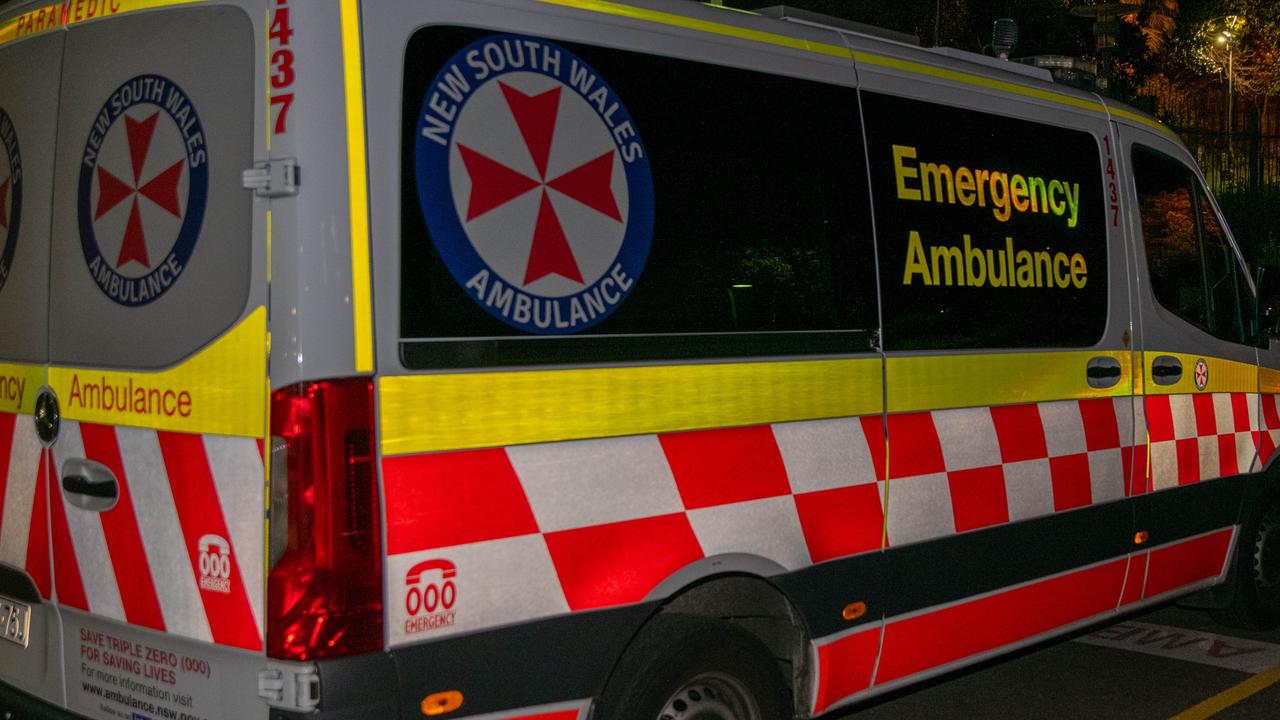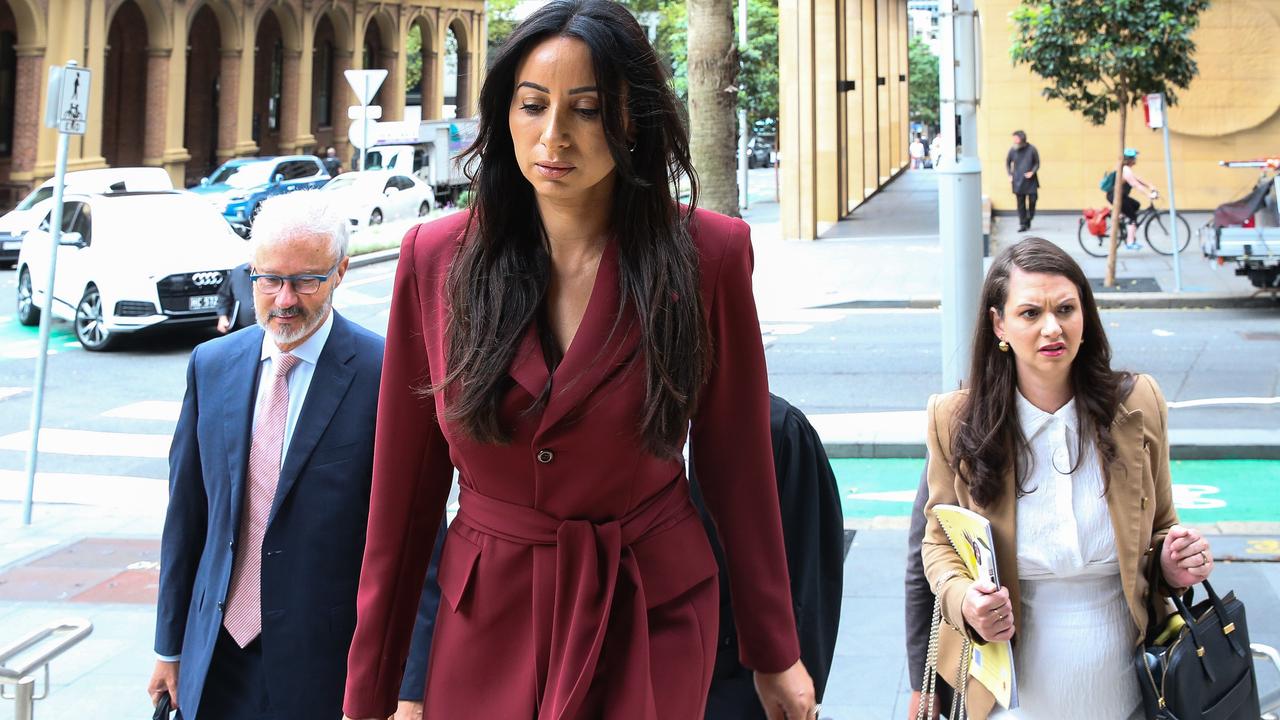Push for natural births triggers rise in horrific injuries
New mothers are reporting a rise in birthing injuries like fistulas, usually only seen in third world countries, as well as high rates of perineal tears which has prompted a new information campaign.
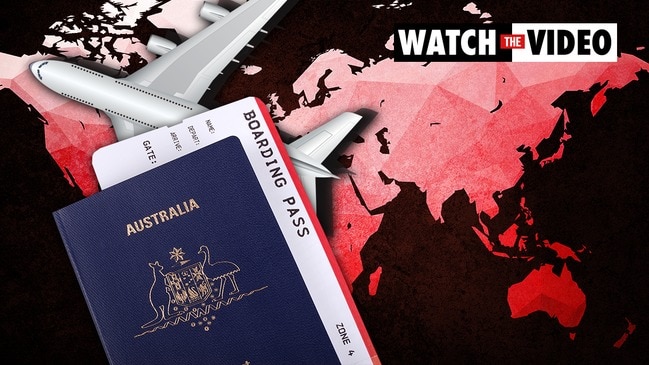
NSW
Don't miss out on the headlines from NSW. Followed categories will be added to My News.
Birth injuries normally only seen in women in third world countries are making a comeback in Australia — with some claiming the push for more natural births is to blame.
Amy Dawes from the Australasian Birth Trauma Association (ABTA) said her support network was contacted once a month by a woman who had developed an obstetric fistula after a natural birth.
A fistula is a hole that develops between the rectum and vagina or between the bladder and vagina after prolonged obstructed childbirth. It is usually a condition seen in countries like Ethiopia.
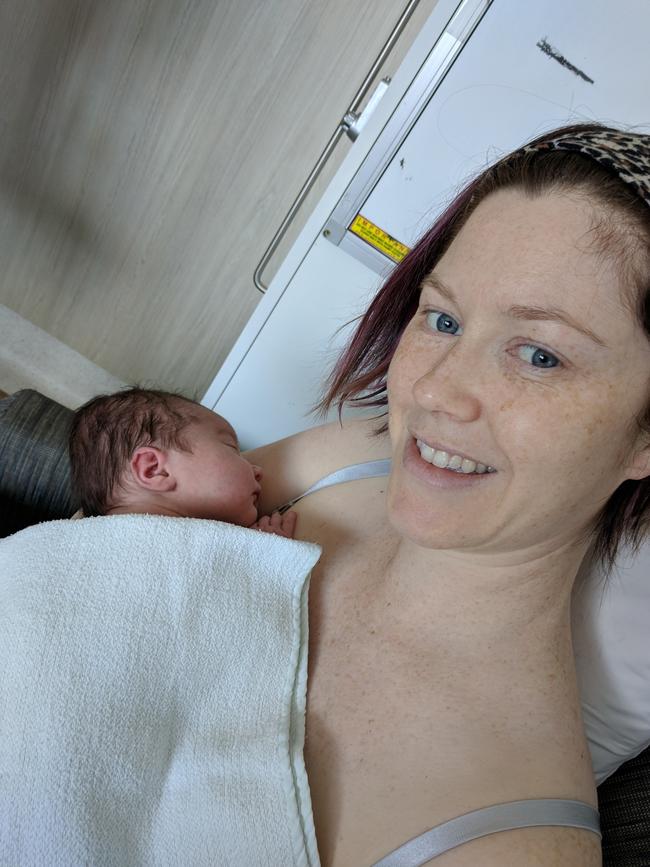
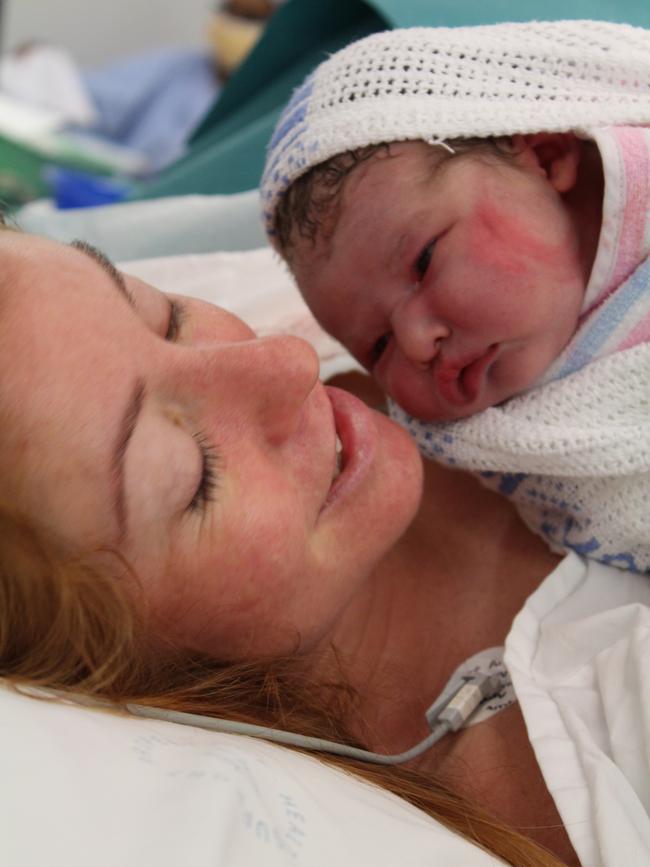
“We get one woman a month that comes through the support group that has experienced a fistula,” Ms Dawes said. “These are largely associated with third world countries but they happen in Australia.”
Dana Cross from Canberra had baby Juniper in 2018. She was overdue by two weeks and an induction led to a failed vacuum then forceps delivery.
“I had a third degree tear and went to surgery to repair it but six months post-partum I went to a colorectal surgeon and was diagnosed with a fistula,” the 37-year-old said.
Ms Dawes, who set up the ABTA after her own birth injury, said Australia also had one of the highest rates of third and fourth degree perineal tears in the world. Next week the ABTA is launching a campaign called ThinkNatal, a video series to educate women about the risks of natural birth.
MORE FROM JANE HANSEN
Youth mental health worsens due to COVID-19, report reveals
Surgeons face off over private medical fees
“We know that up to 20 per cent of all women who deliver a baby vaginally will end up with surgery for pelvic organ prolapse, anal or urinary incontinence,” she said.
“Australia has some of the highest rates in the world of third and fourth degree tears and women are not giving any information about what those tears mean or how they can be prevented. We want to provide enough information that families feel informed rather than coming out the other side with an injury and then left asking why anyone didn’t tell me this could happen.”
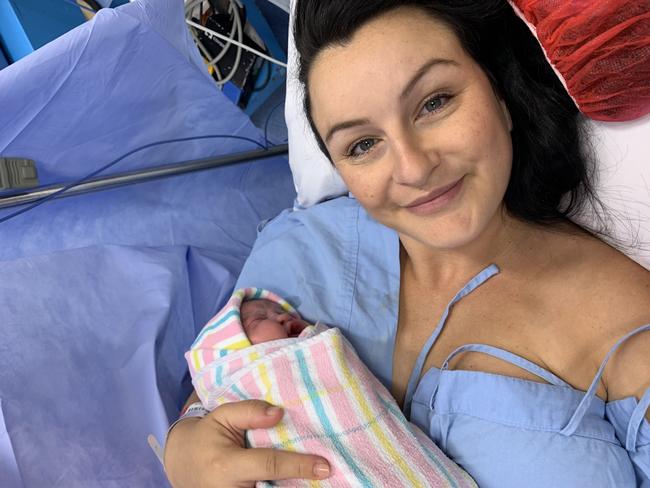
Four months ago April Hagan opted for a planned caesarean. Far from being too posh to push, it was a necessity to avoid a life of incontinence. Her first birth in 2016 was an emergency forceps delivery that left her with a third degree perineal tear and a permanent prolapse of her uterus, bowel, and bladder.
“I could have attempted a vaginal delivery again but if I experienced the same amount of tearing, I would definitely be completely incontinent and that wasn’t a risk I was willing to take,” the 31-year-old said.

According to the Australian Commission on Safety and Quality in Healthcare, which is soon to release its Clinical Care Standard on the prevention and management of third- and fourth-degree perineal tears, if not recognised and repaired at the time, the birth injury can “have serious long-term consequences for women, including continued perineal pain, faecal and flatus incontinence, painful sexual intercourse, reduced quality of life and depression”.
Of all women who gave birth vaginally in Australia in 2014, 3 per cent had a third or fourth degree perineal tear.
“I think it is essential women know — a lot of the trauma I experienced was not knowing this could happen to me,” Mrs Hagan said.
“I had no idea I could tear my anal sphincter, not one health care professional, no women I spoke to, no one was talking about this. That was half the trauma.”
“I still have to wear a pessary to stop my organs falling out. 100 per cent I should have had a caesarean, I was hugely overdue, my baby was over four kilos and I know now the damage that was caused by ripping my son out of me,” the Newcastle mum said.
According to the latest Mothers and Babies Report, the rate of normal vaginal birth decreased from 56.3 per cent in 2014 to 53.6 per cent in 2018. The caesarean section rate increased from 32.2 per cent to 34.5 per cent while the rate of instrumental birth remained steady at just under 12 per cent.
The Towards Normal Birth policy instituted by NSW Health in 2010 to reduce the state’s caesarean rate has coincided with mothers being older, bigger and with more complexities in natural birth.
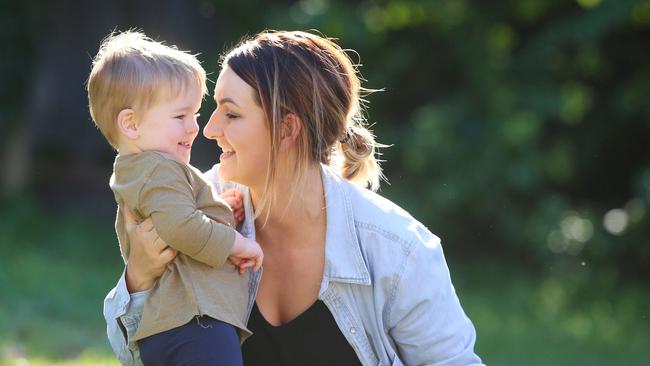
Federal Australian Medical Association Obstetric spokesman Dr Stephen Robson said there was a “bundle” in place in hospitals at the moment to minimise the risk, including conducting episiotomies to prevent tears.
“One of the big issues that causes the debate is whether some people should be attempting vaginal birth in the first place,” Ms Dawes said.
“Some say we should have a lower threshold for caesarean birth to protect from these injuries.
“The age women are having their first baby is increasing and one in 25 first births are in women 40 and older.
“There’s a lot more obesity and associated disease such as gestational diabetes, which causes bigger babies, so a trend to larger babies and means more likely they risk these injuries.
“Maybe it is natural to be damaged significantly but is that what we want to do to new mothers, set them up with injuries as they embark on motherhood?”
Originally published as Push for natural births triggers rise in horrific injuries

